<< Previous | Displaying results 3826-3850 of 6772 for "" | Next >>
Ernest Hemingway was a legendary American author. In 1933, his classic novel, "A Farewell to Arms," was burned under the Nazi regime. Learn more.
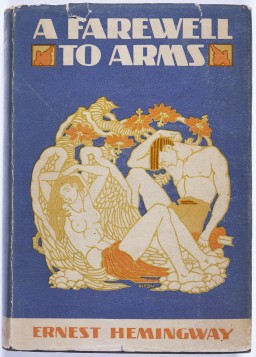
Karl Marx was a political theorist and philosopher. He published “The Communist Manifesto” with Friedrich Engels. His works were burned in Nazi Germany in 1933.
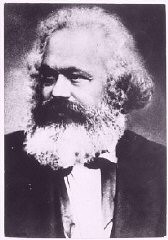
When World War II ended in 1945, six million European Jews were dead, killed in the Holocaust. About 1.5 million of the victims were children.
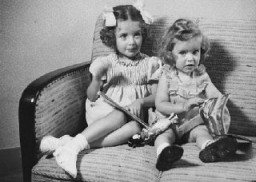
During the Holocaust, some children went into hiding to escape Nazi persecution. They faced constant fear, dilemmas, and danger.
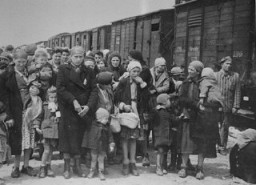
Parents, children, and rescuers faced daunting challenges once the decision was made for a child to go into hiding during the Holocaust.
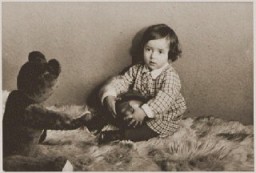
After the Holocaust, many Jewish parents spent months or years searching for the children they had sent into hiding. Learn about the search for surviving relatives.
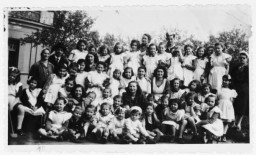
Some Jewish children survived the Holocaust by hiding or living under disguised identities. Learn more about their experiences while in hiding.
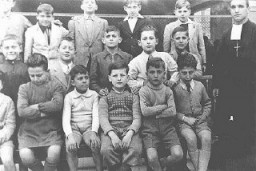
Jewish children in hiding during the Holocaust created writing, art, diaries, and more. Read about the surviving documentation of their experiences.
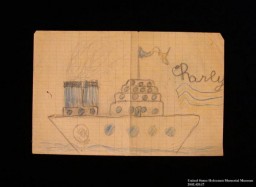
The 1st Infantry Division participated in major WWII campaigns and is recognized for liberating two subcamps of Flossenbürg in 1945.
The 2nd Infantry Division participated in major WWII campaigns and is recognized for liberating Leipzig-Schönefeld and Spergau/Zöschen in 1945.
The 6th Armored Division participated in major WWII campaigns and is recognized for liberating the Buchenwald concentration camp in 1945.
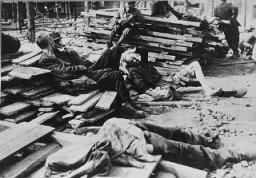
The 14th Armored Division participated in major WWII campaigns and is recognized for liberating several subcamps of Dachau in 1945.
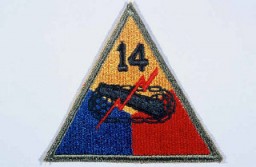
The 84th Infantry Division participated in major WWII campaigns and is recognized for liberating two Neuengamme subcamps, Hannover-Ahlem and Salzwedel, in 1945.
The 86th Infantry Division participated in major WWII campaigns and is recognized for liberating Attendorn, a civilian forced-labor camp, in 1945.
The 89th Infantry Division participated in major WWII campaigns and is recognized for liberating the Ohrdruf subcamp of Buchenwald in 1945.
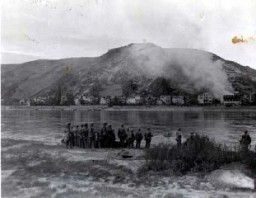
The 90th Infantry Division participated in major WWII campaigns and is recognized for liberating the Flossenbürg concentration camp in 1945.
The 11th Armored Division participated in major WWII campaigns and is recognized for liberating Mauthausen and Gusen in 1945.
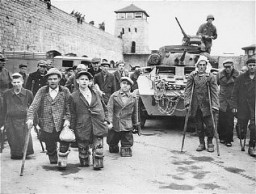
The 26th Infantry Division participated in major WWII campaigns and is recognized for liberating the Gusen subcamp of Mauthausen in 1945.
In 1940, the Nazis established Gusen concentration camp. Learn more about camp conditions, forced labor, and liberation.
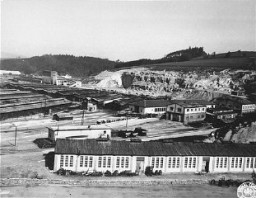
The 83rd Infantry Division participated in major WWII campaigns and is recognized for liberating the Langenstein subcamp of Buchenwald in 1945.
The 9th Armored Division participated in major WWII campaigns and is recognized for liberating Zwodau and Falkenau an der Eger, Flossenbürg subcamps, in 1945.

The 10th Armored Division participated in major WWII campaigns and is recognized for liberating a subcamp of Dachau in 1945.
The 95th Infantry Division participated in major WWII campaigns and is recognized for liberating Werl, a prison and civilian labor camp, in 1945.
The 8th Armored Division participated in major WWII campaigns and is recognized for liberating the Halberstadt-Zwieberge subcamp of Buchenwald in 1945.
The 20th Armored Division participated in major WWII campaigns and is recognized for liberating the Dachau concentration camp in 1945.
We would like to thank Crown Family Philanthropies, Abe and Ida Cooper Foundation, the Claims Conference, EVZ, and BMF for supporting the ongoing work to create content and resources for the Holocaust Encyclopedia. View the list of donor acknowledgement.